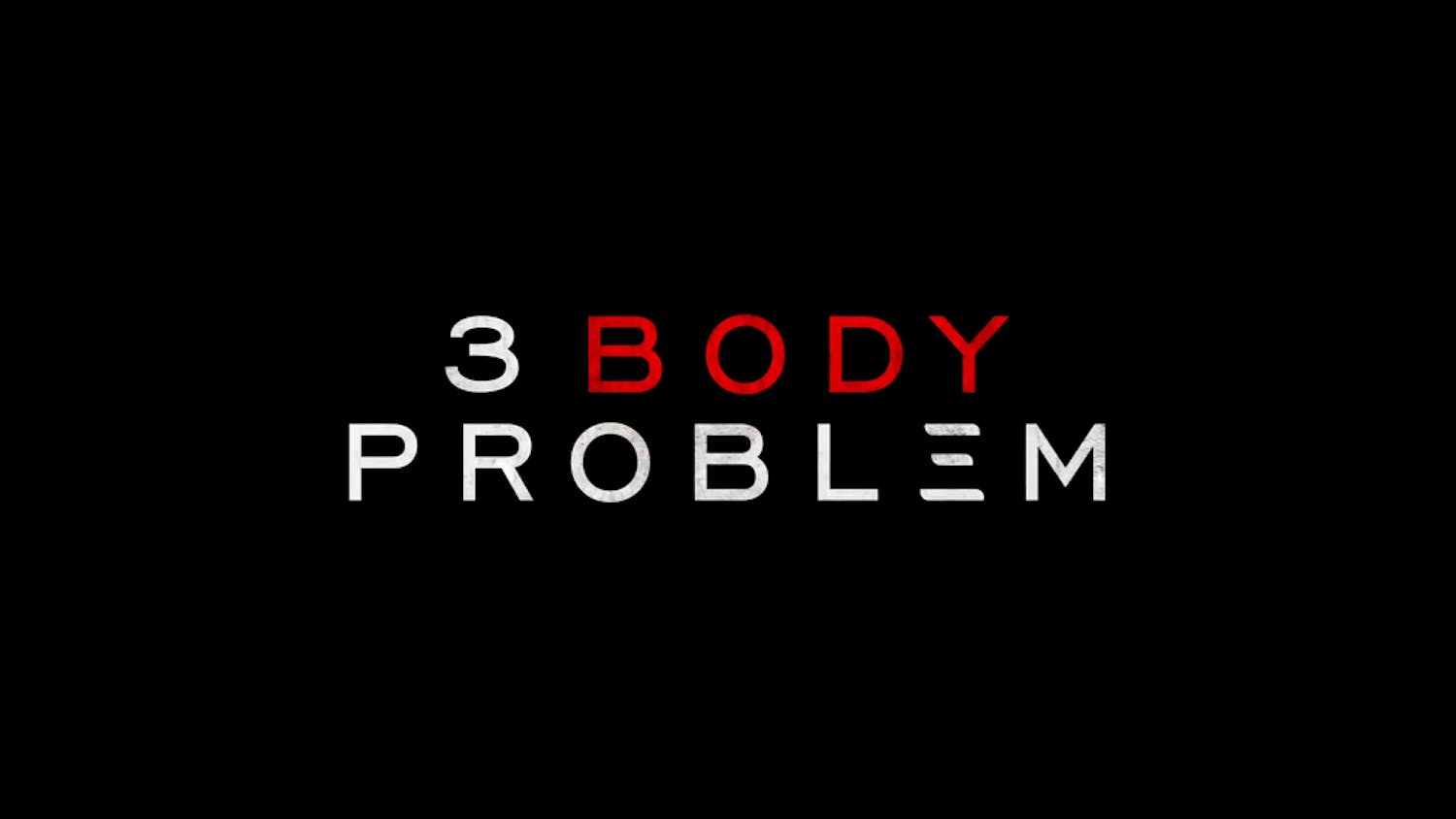Muse has long been a band that's fallen under the radar of most popular rock enthusiasts in the United States, and it's truly a tragedy that such is the case. The band's epic rock style, complete with music videos featuring laser-shooting, motorcycle-riding space cowboys, is one of the only entirely novel sounds the rock world has seen of late.
The band's first four studio albums, "Showbiz" (1999), "Origin of Symmetry" (2001), "Absolution" (2003) and "Black Holes and Revelations" (2006), display the development of a rock band founded in, strangely enough, classical music. The classical piano and guitar training of singer/songwriter Matthew Bellamy show through brilliantly in the latter two albums, with swooshing synth arpeggios fleshing out the face-melting riffs of crowd (and U.K. radio) favorites such as "Hysteria" and "Stockholm Syndrome."
Muse's latest release is a live CD/DVD combination cryptically entitled "H.A.A.R.P," which appears to be the acronym for "High-Frequency Active Auroral Research Program," an ionosphere exploration program that is apparently being exploited by the military. But what is important here is that both the CD and DVD, recorded live at two sold-out Wembley Stadium shows on June 16 and 17, 2007, are some of the finest live performances intentionally caught on digital media.
Before the music even begins, the set design and massive scale of the stadium shows are immediately apparent, and for a second there, even the viewer gets slightly nervous on behalf of the band as it performs in front of these 60,000 ruffians. The semi-circular stage is flanked by islands on both sides, with mics to aid frontman Matthew Bellamy and bassist Christopher Wolstenholme as they sing and roam about their giant playground. Above the stage are four gigantic satellite dishes with lights in their centers that play around gleefully, strobing and color-shifting as soon as the sun goes down in the second half of the set.
But if the stage show wasn't enough for the average viewer, the band gives a flawless and delightfully un-Pro-Tooled-to-death performance of the complete breadth of its catalogue. Opening the set with "Knights of Cydonia," the biggest single off of their newest studio effort, "Black Holes and Revelations," the band members launch into a full-fledged frontal assault with the operatic opening chords reinforced by Bellamy's tasteful and true-to-pitch falsetto.
By the time the song progresses to the big breakdown, during which Bellamy sings with a chorus of tonally shifted voices, "No one's going to take me alive/ The time has come to make things right/ You and I must fight for our rights/ You and I must fight to survive," the crowd is singing along nearly as loud as the hugely amplified band. The final riff of the song, for all its simplicity, is totally dominating, and the band could walk off the stage having played only that song and would have done more than enough to merit the ticket price.
Other notable tracks include "Map of the Problematique," a fine example of drummer Dominic Howard's delightfully understated yet fully functional drum riffing. The sixteenth-note cymbal pattern in the choruses is nearly danceable, while the verses find themselves with a pounding, tribal beat that sets up Bellamy's belting of "I can't get it right since I met you."
"Stockholm Syndrome" is another track that should have been massively more popular than it ever was as a single. The opening guitar riff, even though it consists of only three notes, is awesomely brutal. The complete overdriven guitar meltdown before each chorus sets the melodies up as an awkwardly stark contrast that, on second listen, makes irrefutable sense. On "Stockholm Syndrome" as well as on a few other tracks, the band begins to jam out on seemingly random riffs from Bellamy and Wolstenholme, but the jams do nothing to quash the show's upbeat tone.
At the end of the final track, everything builds up into a genuine old-school rock crescendo and then melts into a simmering distorted rock-goo.





